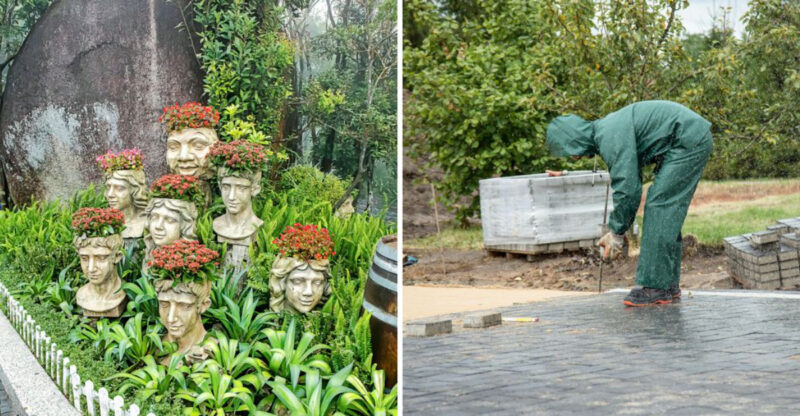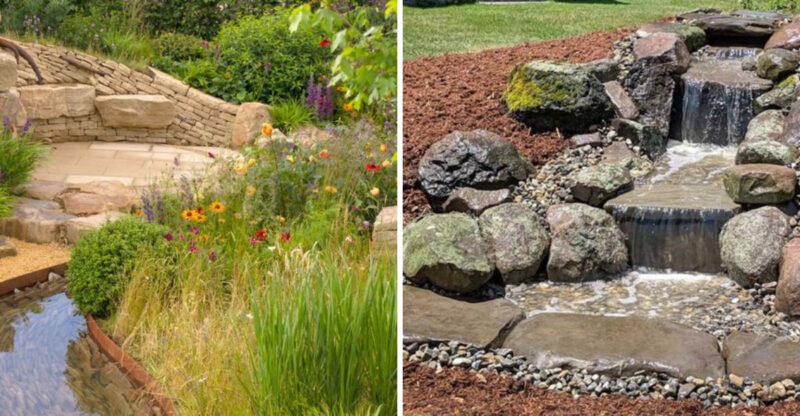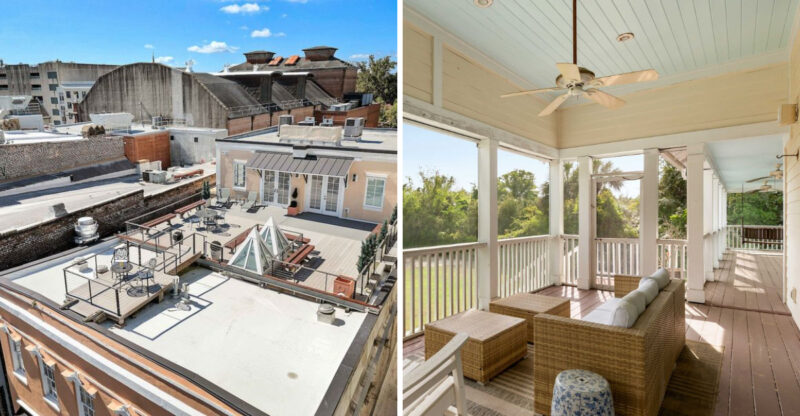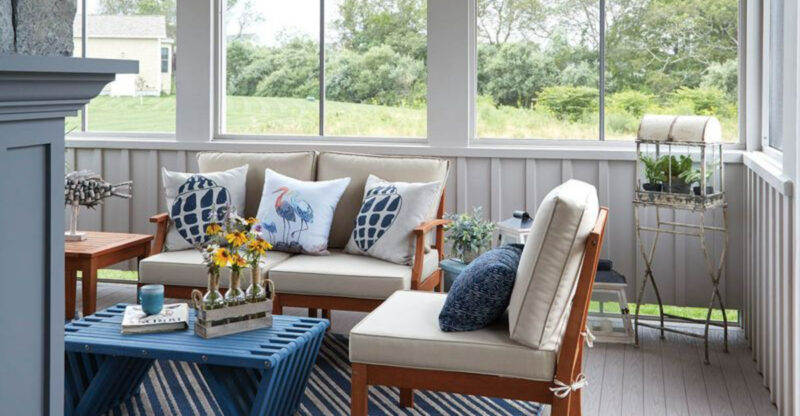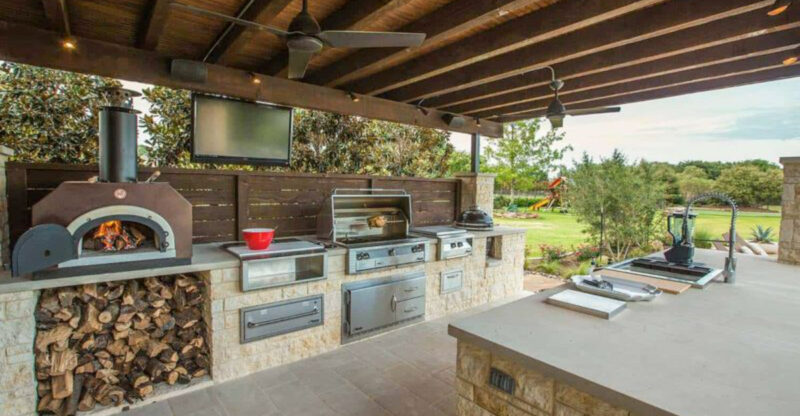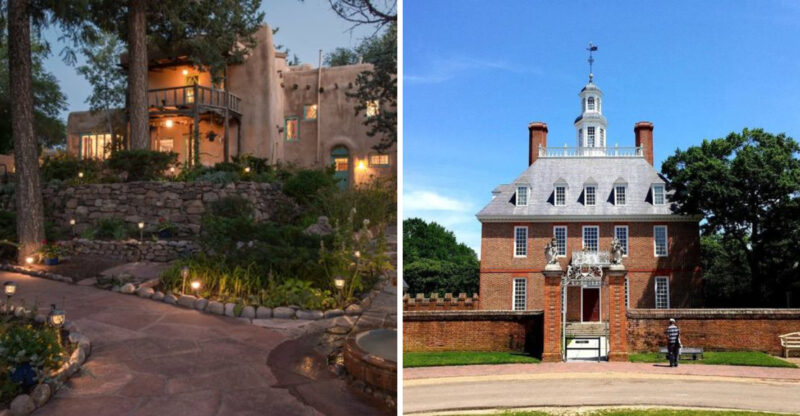9 Art Deco-Inspired Exterior Details From Miami Condos
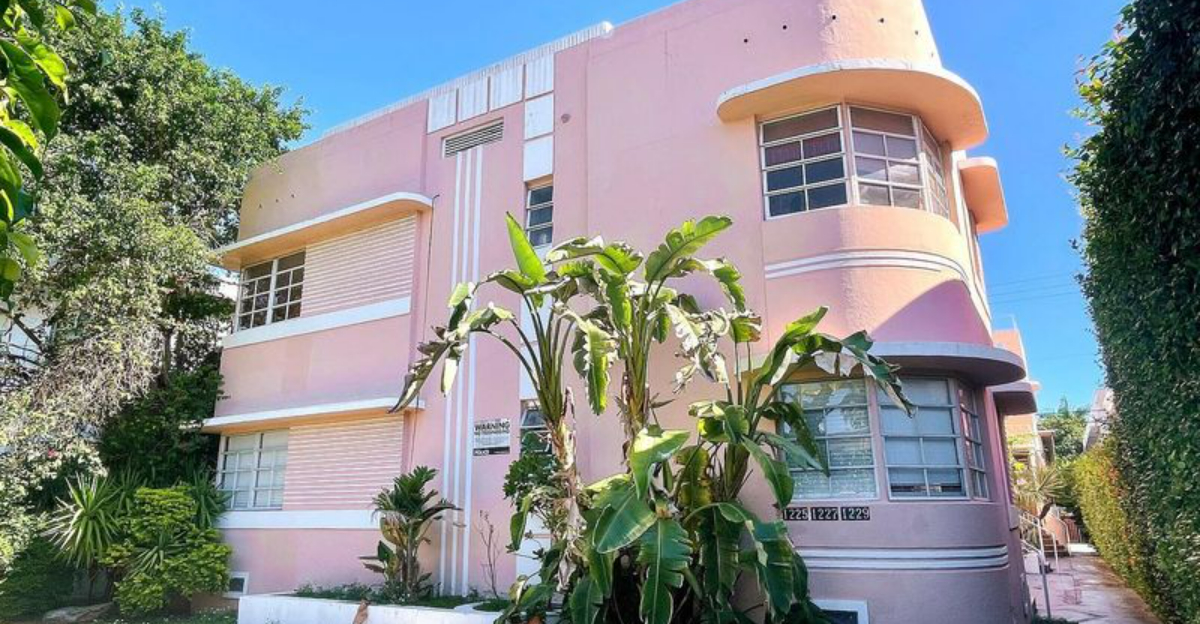
Miami’s South Beach is a treasure trove of Art Deco architecture, with its iconic condos showcasing some of the most beautiful building details in America. These distinctive design elements, popular in the 1920s and 1930s, give Miami its unique visual identity that attracts visitors from around the world.
I’m going to show you nine stunning Art Deco exterior features that make Miami condos instantly recognizable and absolutely unforgettable.
1. Stepped Ziggurat Rooflines
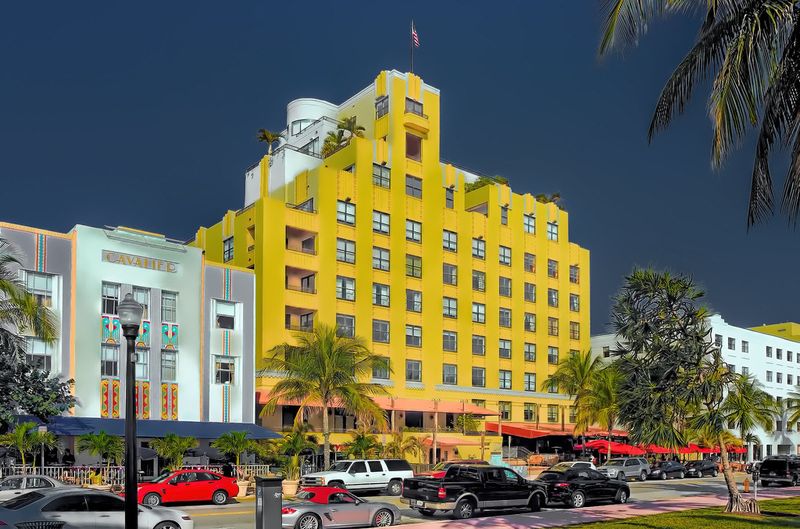
Walking down Ocean Drive, you’ll immediately notice the stepped rooflines that resemble ancient Mesopotamian ziggurats. These distinctive terraced silhouettes create a dramatic skyline against Miami’s blue horizon.
Architects designed these features to draw the eye upward and create a sense of height and grandeur, even on relatively modest buildings. The Carlyle and The McAlpin are perfect examples where these stepped profiles catch the morning sunlight beautifully.
2. Eyebrow Overhangs
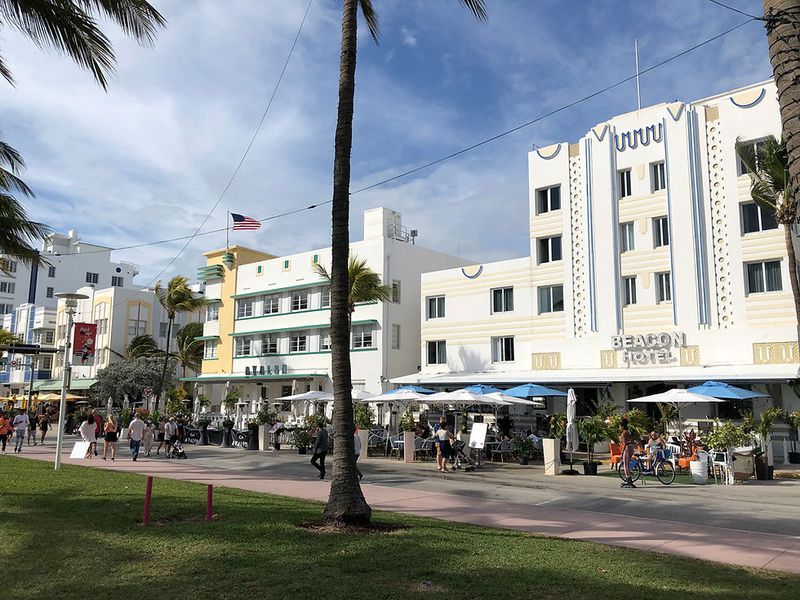
Curved concrete eyebrows above windows aren’t just decorative—they’re functional masterpieces. Originally designed to shield interiors from Miami’s intense sunlight, these horizontal projections cast beautiful shadows that change throughout the day.
The Park Central Hotel showcases some of the finest examples. I love how these architectural elements create rhythm across building facades while providing natural climate control before air conditioning existed. Their gentle curves soften the otherwise strict geometric patterns of Art Deco design.
3. Porthole Windows and Nautical Elements
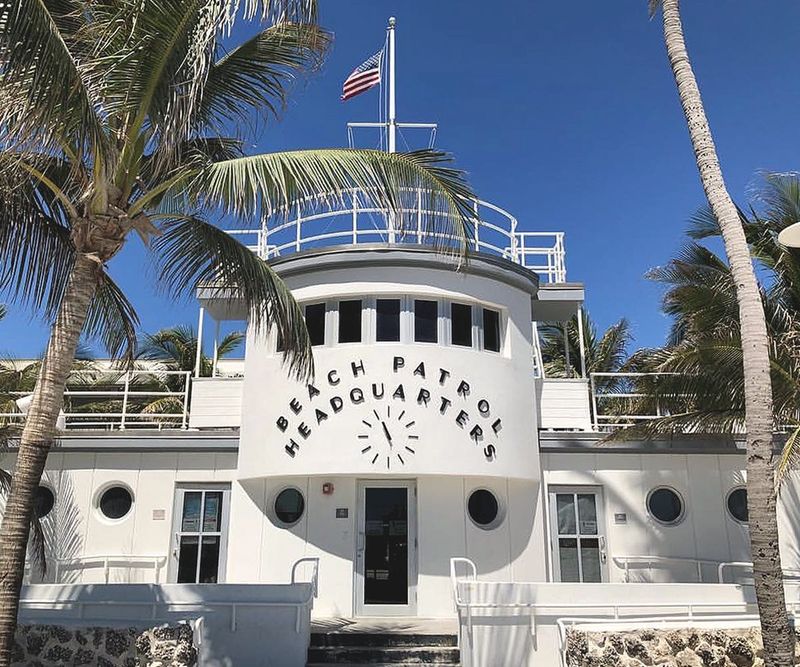
Miami’s seaside location naturally inspired nautical themes in its architecture. Round porthole windows punctuate many Art Deco facades, creating a cruise ship aesthetic that feels perfectly at home near the ocean.
The Marlin Hotel features these circular windows alongside other maritime motifs like ship railings and bridge-like elements. Many buildings combine these porthole windows with wave-like decorative bands. The effect transforms concrete structures into land-bound ocean liners, permanently docked along Miami’s sunny shores.
4. Tropical Relief Sculptures
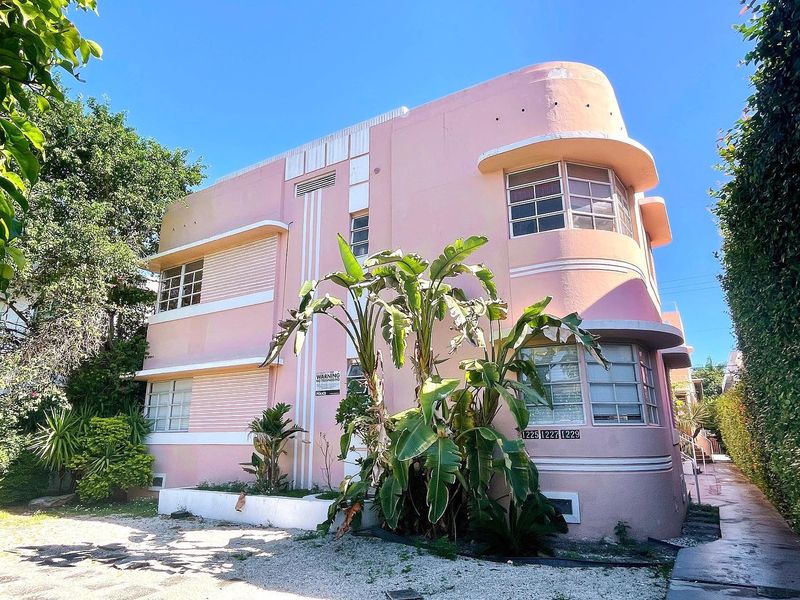
Flamingos, palm trees, and ocean waves – Miami’s Art Deco buildings celebrate local flora and fauna through stunning relief sculptures. These decorative elements transform plain concrete into storytelling canvases that capture Florida’s tropical essence.
The Bass Museum features incredible examples where stylized palm fronds and exotic birds are frozen in stone. What makes these reliefs special is how they combine Art Deco’s geometric precision with organic natural forms. Each building becomes a permanent postcard of Miami’s natural beauty.
5. Neon-Outlined Facades
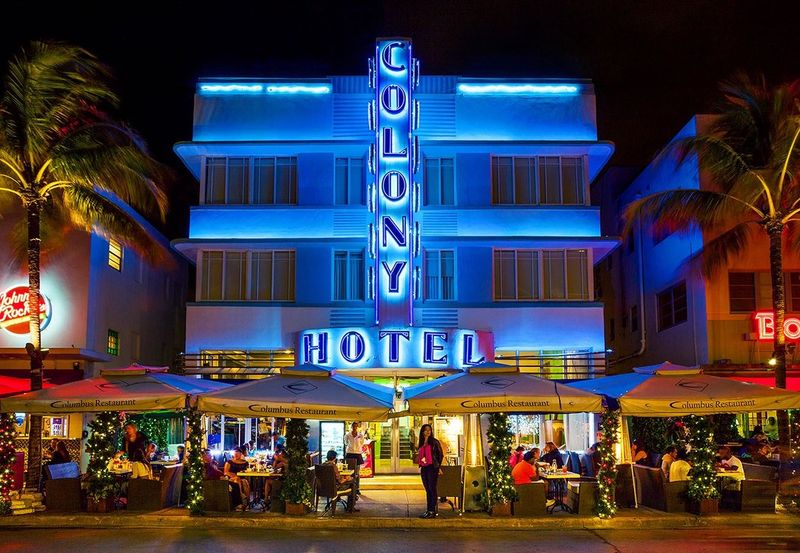
As twilight falls, Miami’s Art Deco district transforms through the magic of neon lighting. Building edges outlined in vibrant tubes of colored light create a theatrical glow that defines Miami’s nighttime identity. The Colony Hotel’s famous blue neon is perhaps the most photographed example.
During the day, you can spot the subtle metal tracks where these tubes are mounted. The contrast between daytime pastel colors and nighttime electric outlines gives these buildings two completely different personalities depending on when you visit.
6. Sunrise/Sunset Motifs
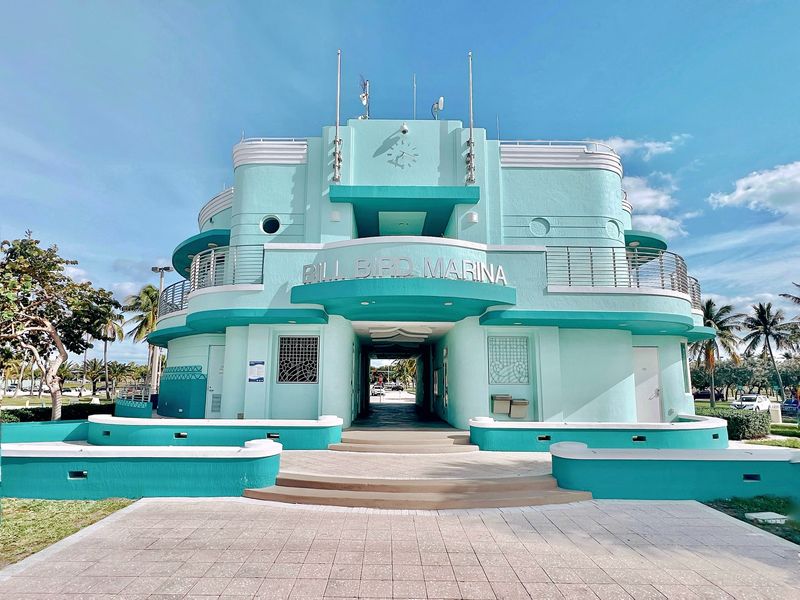
The rising and setting sun motif appears everywhere in Miami’s Art Deco architecture. Stylized sunbursts with radiating lines grace facades, gates, and doorways, symbolizing optimism and new beginnings during the buildings’ Depression-era construction.
The Breakwater Hotel features one of the most recognizable examples above its entrance. I’ve noticed these sunburst designs often incorporate metallic elements that actually catch the real sunlight. The geometric precision of these radiating patterns creates a hypnotic effect that draws your eye to building entrances.
7. Pastel Color Palettes
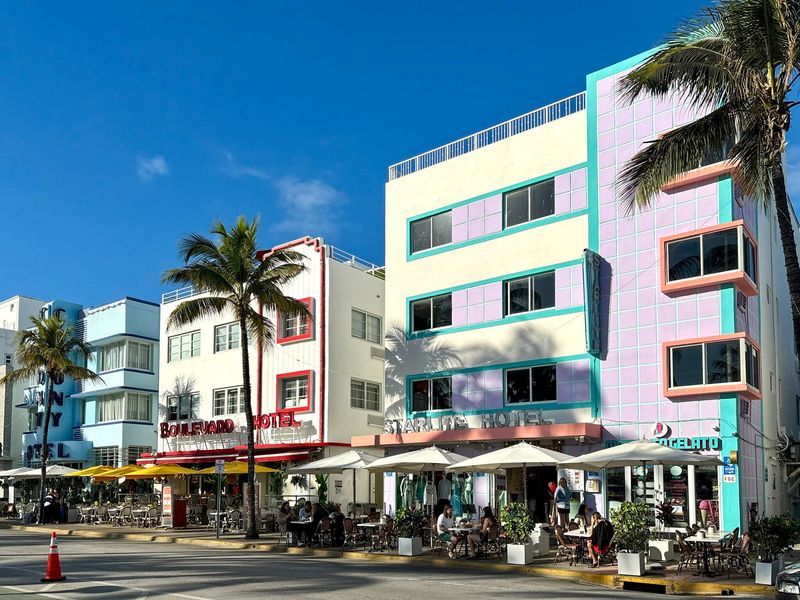
Miami’s signature pastel colors weren’t part of the original Art Deco buildings – they came during a 1980s restoration movement! The soft pinks, mint greens, and baby blues that now define the district were chosen to reflect the natural hues of beach, sky, and tropical flowers.
The Leslie Hotel’s sunny yellow facade exemplifies this perfectly. These gentle colors create a photographer’s paradise where each building pops against the blue Florida sky. The color scheme has become so iconic that it’s now protected by preservation codes throughout the historic district.
8. Rule-of-Three Facades
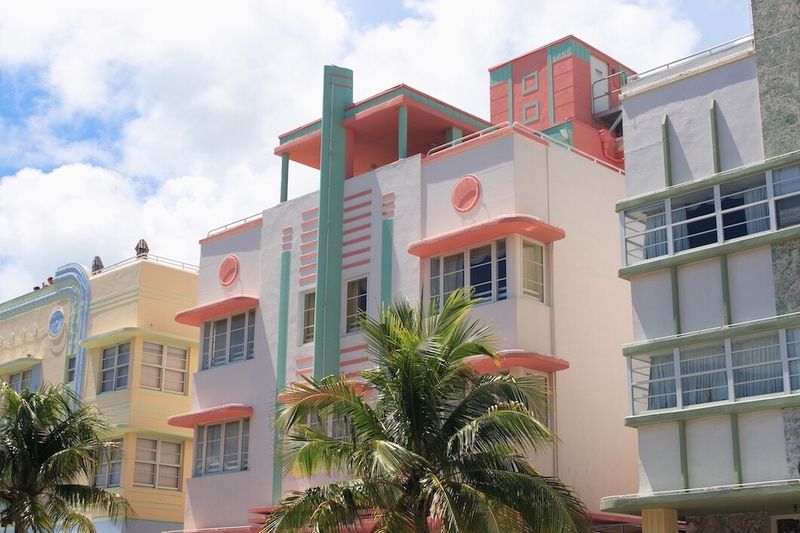
Look closely at Miami’s Art Deco buildings and you’ll notice architectural elements often come in threes. Three windows grouped together, three decorative lines, three steps in a design motif – this creates a pleasing visual rhythm across the facades.
The Delano Hotel showcases this rule-of-three principle beautifully. Psychologically, our brains find groups of three inherently satisfying – not too little, not too much. This mathematical precision gives Art Deco its distinctive sense of balance and harmony that feels both exciting and calming simultaneously.
9. Streamlined Corner Windows
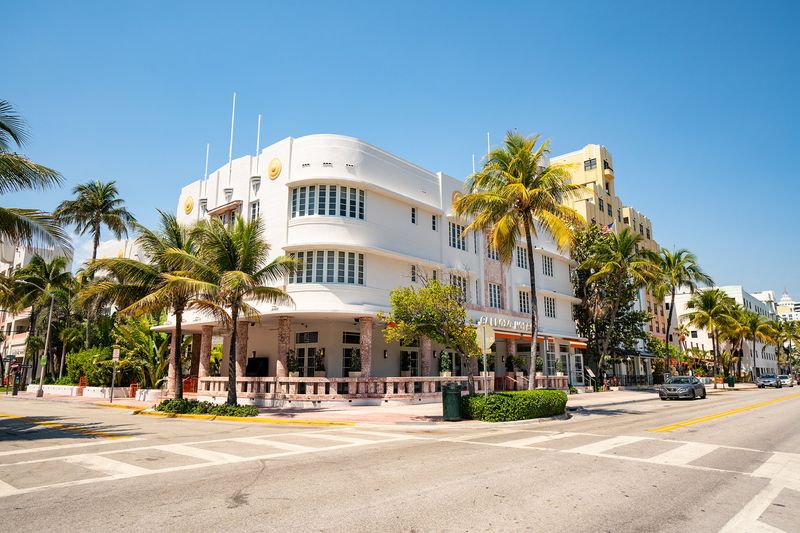
Corner windows that wrap around buildings are quintessential Art Deco features that create a sense of speed and movement. These streamlined elements were inspired by the era’s fascination with automobiles, airplanes, and the machine age.
The Webster Hotel offers a perfect example of these aerodynamic-looking corners. The continuous glass gives interiors amazing panoramic views while making the buildings appear to be in motion. From the street, these smooth, curved corners lead your eye around the building, creating a flowing experience as you walk the district.

